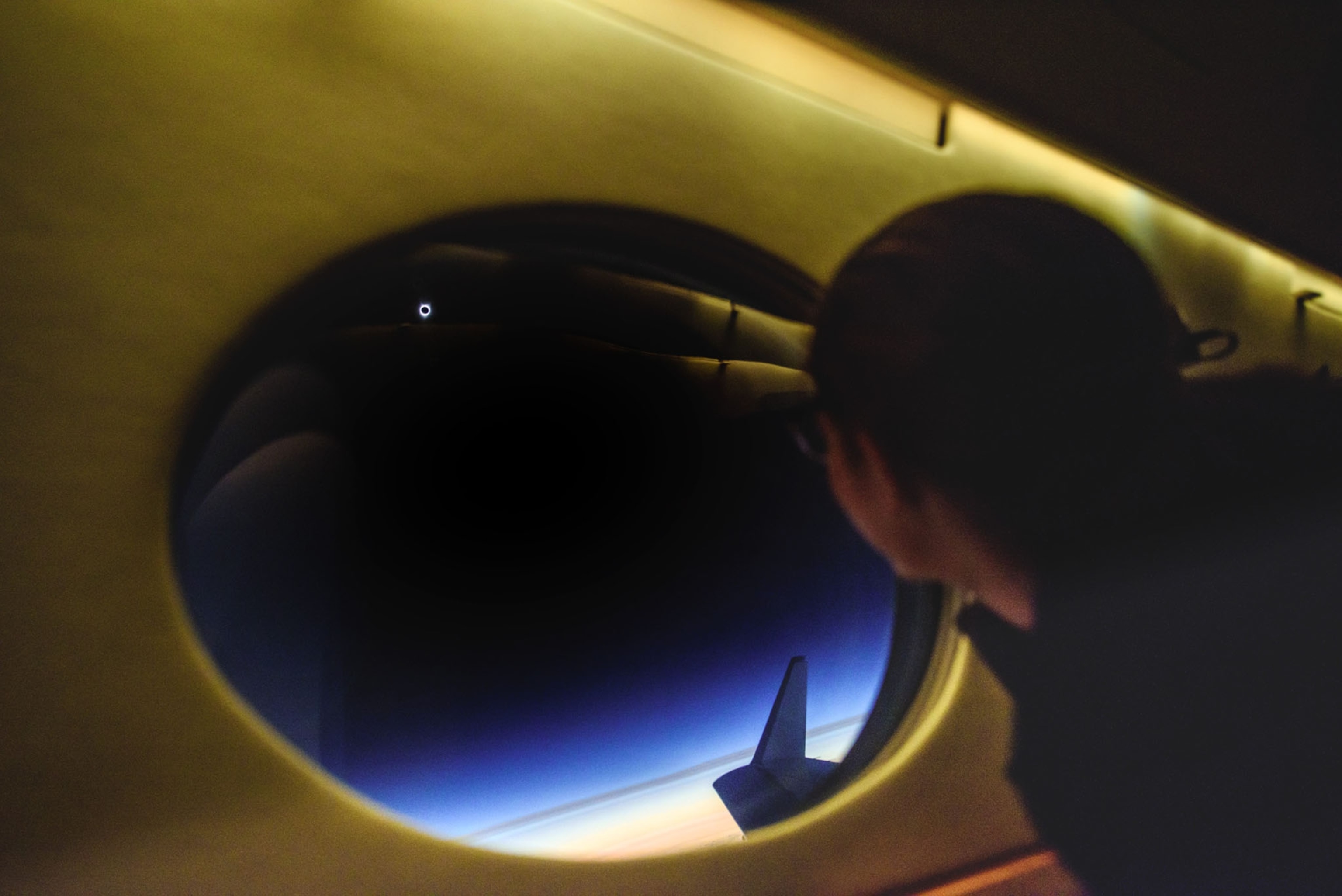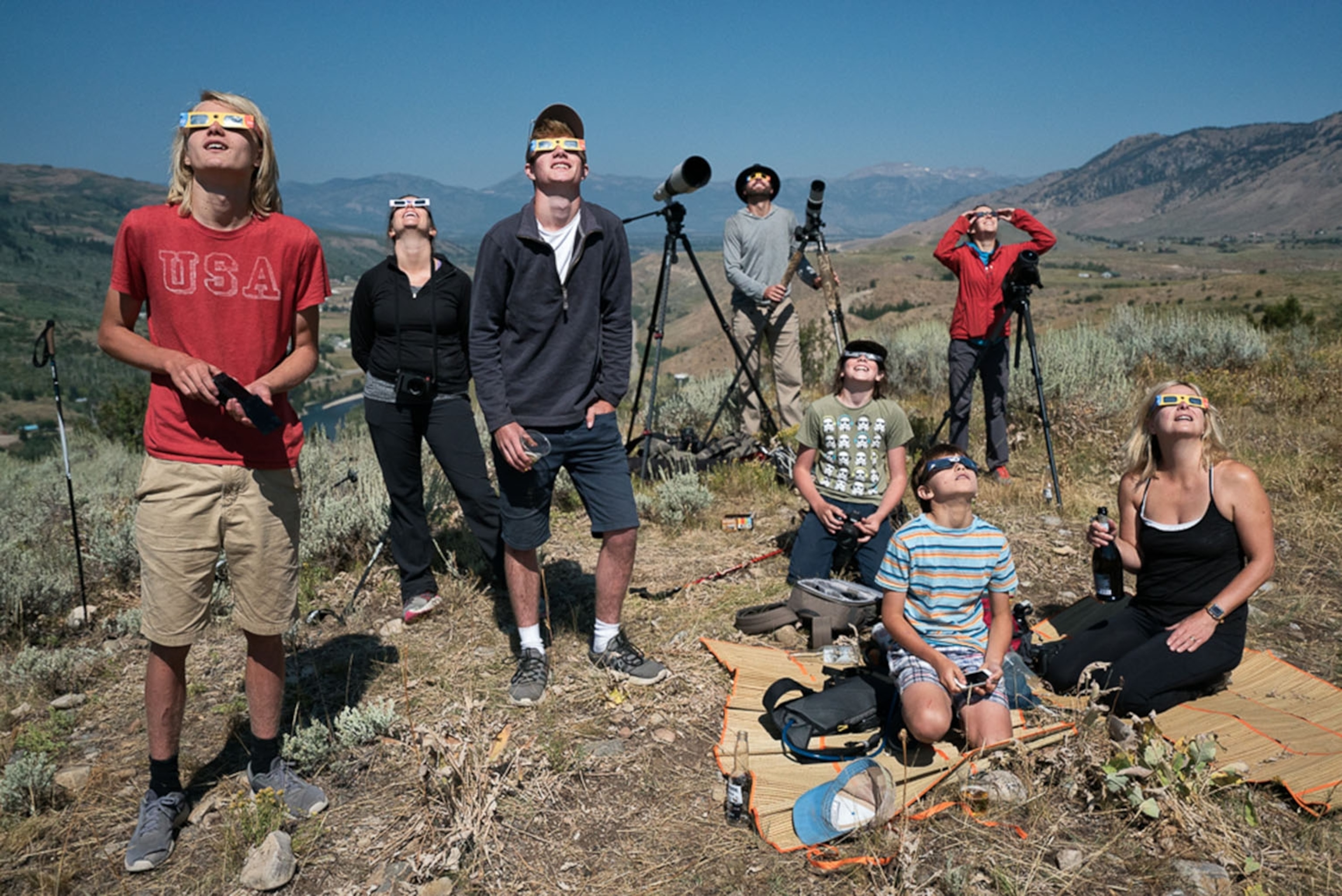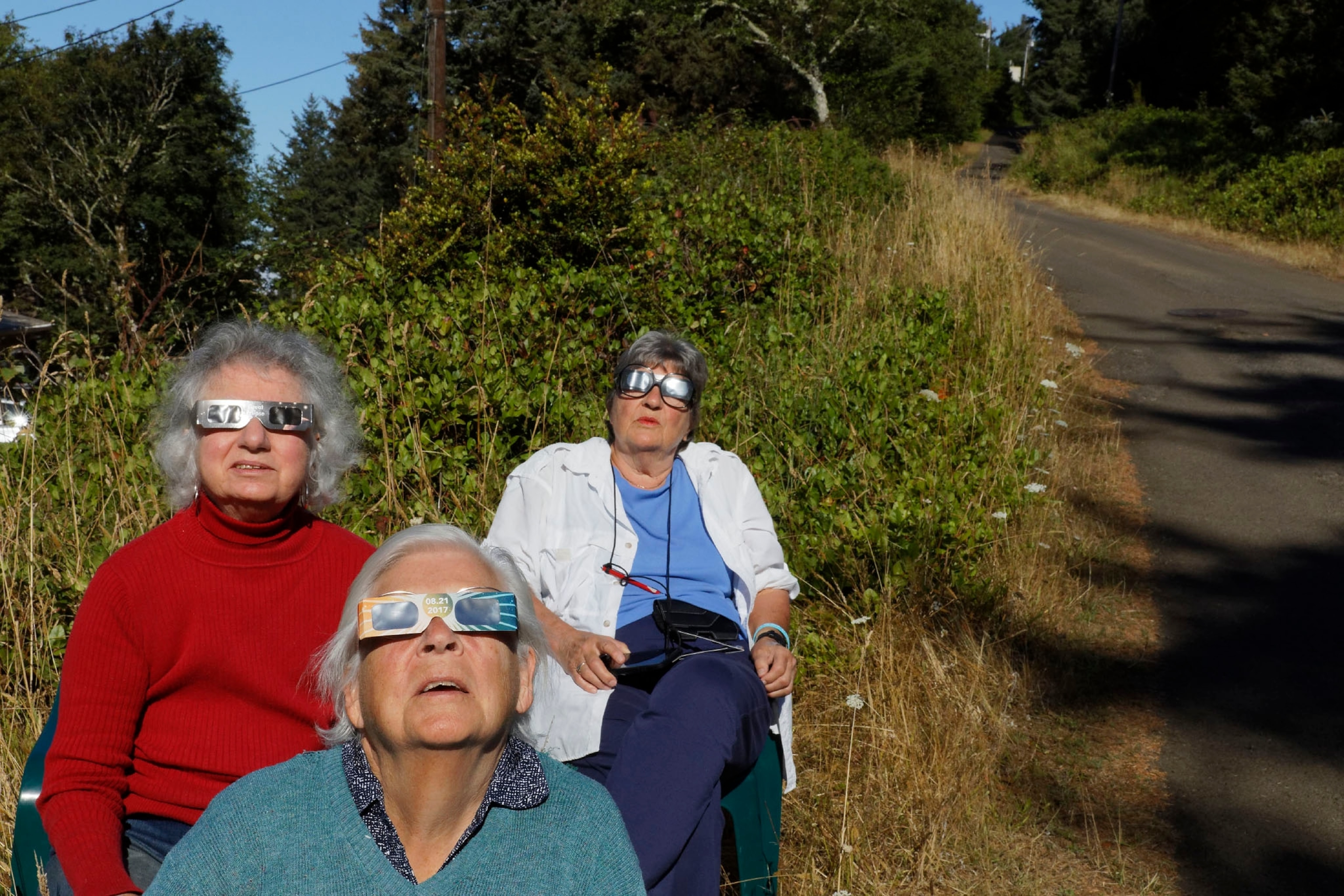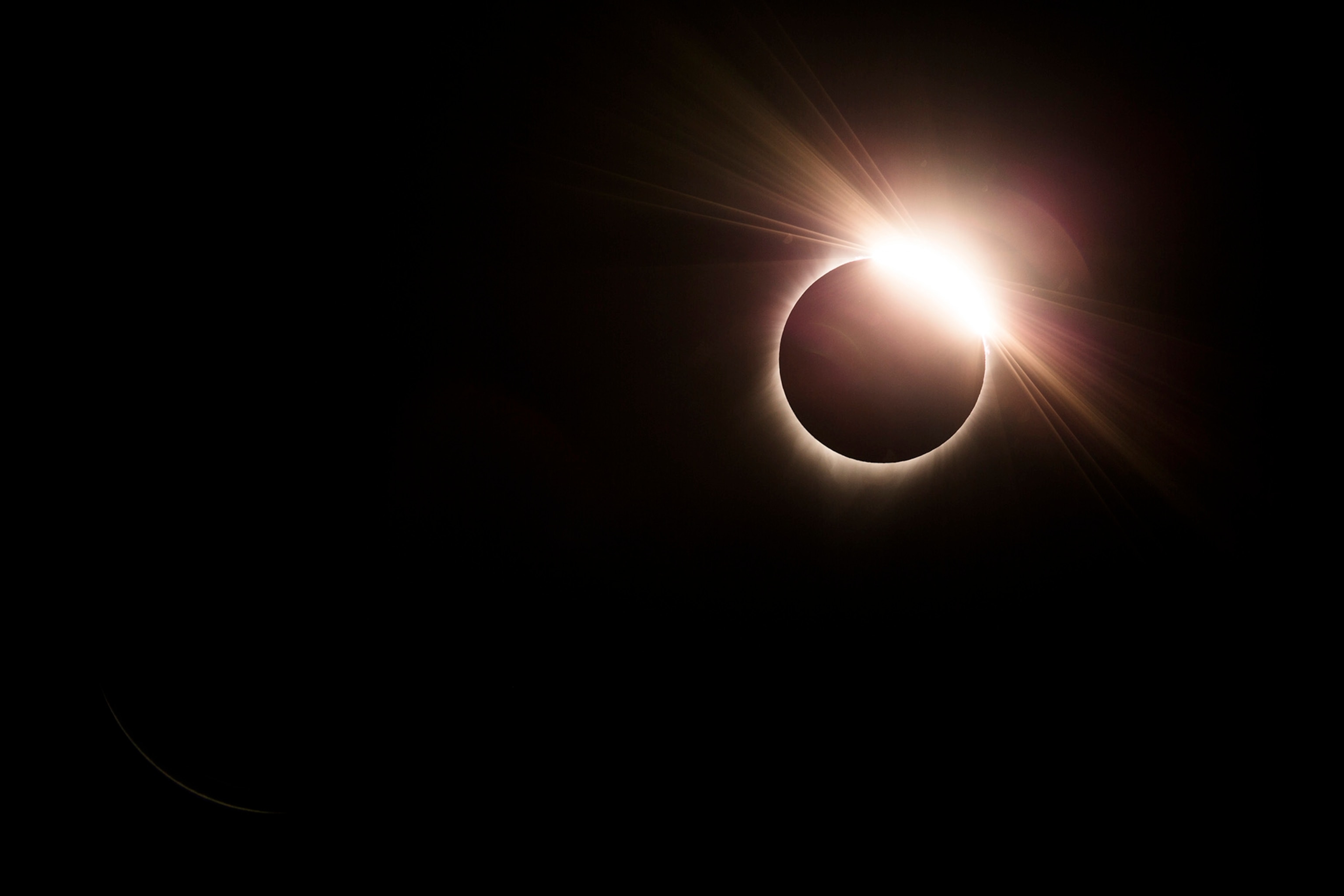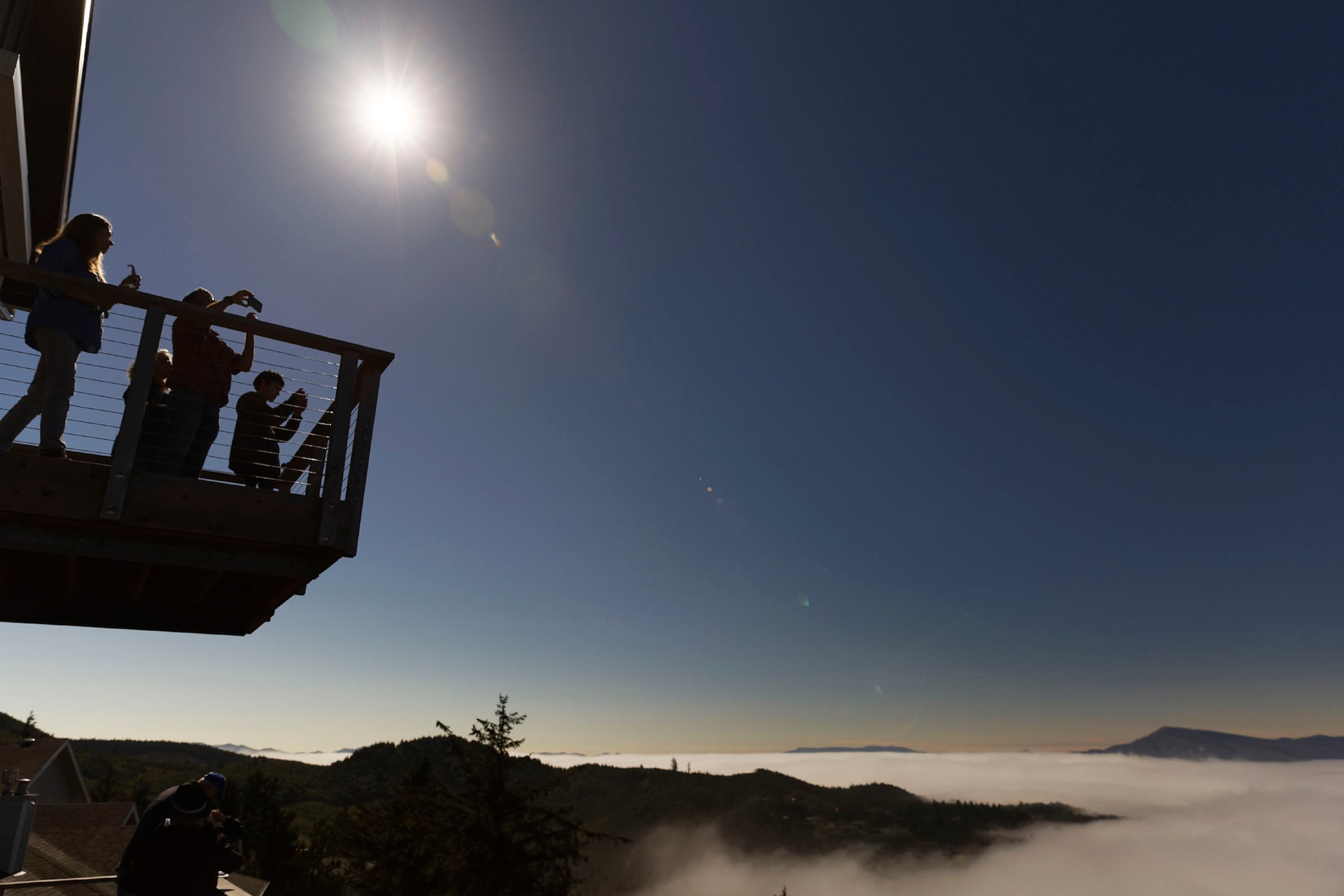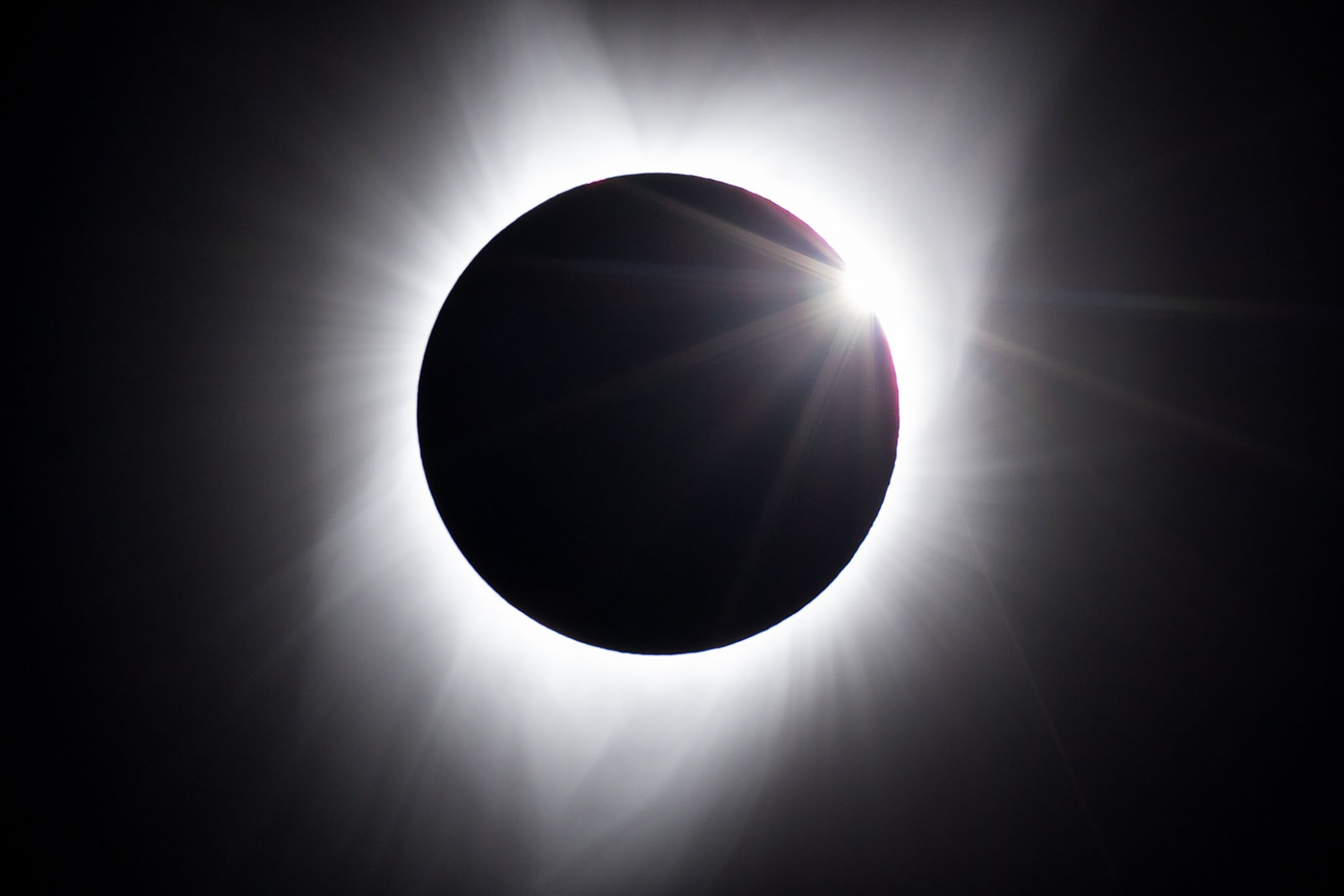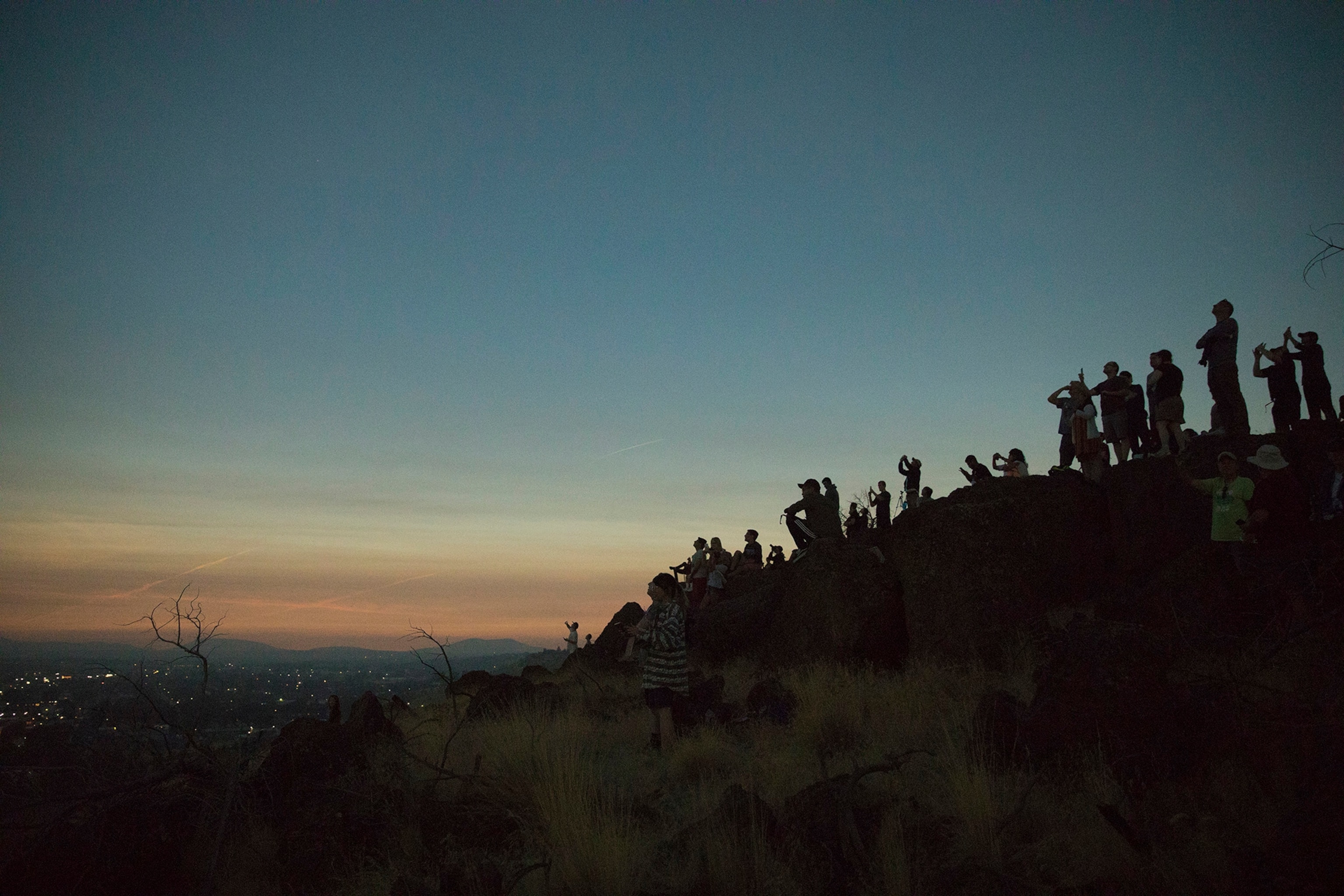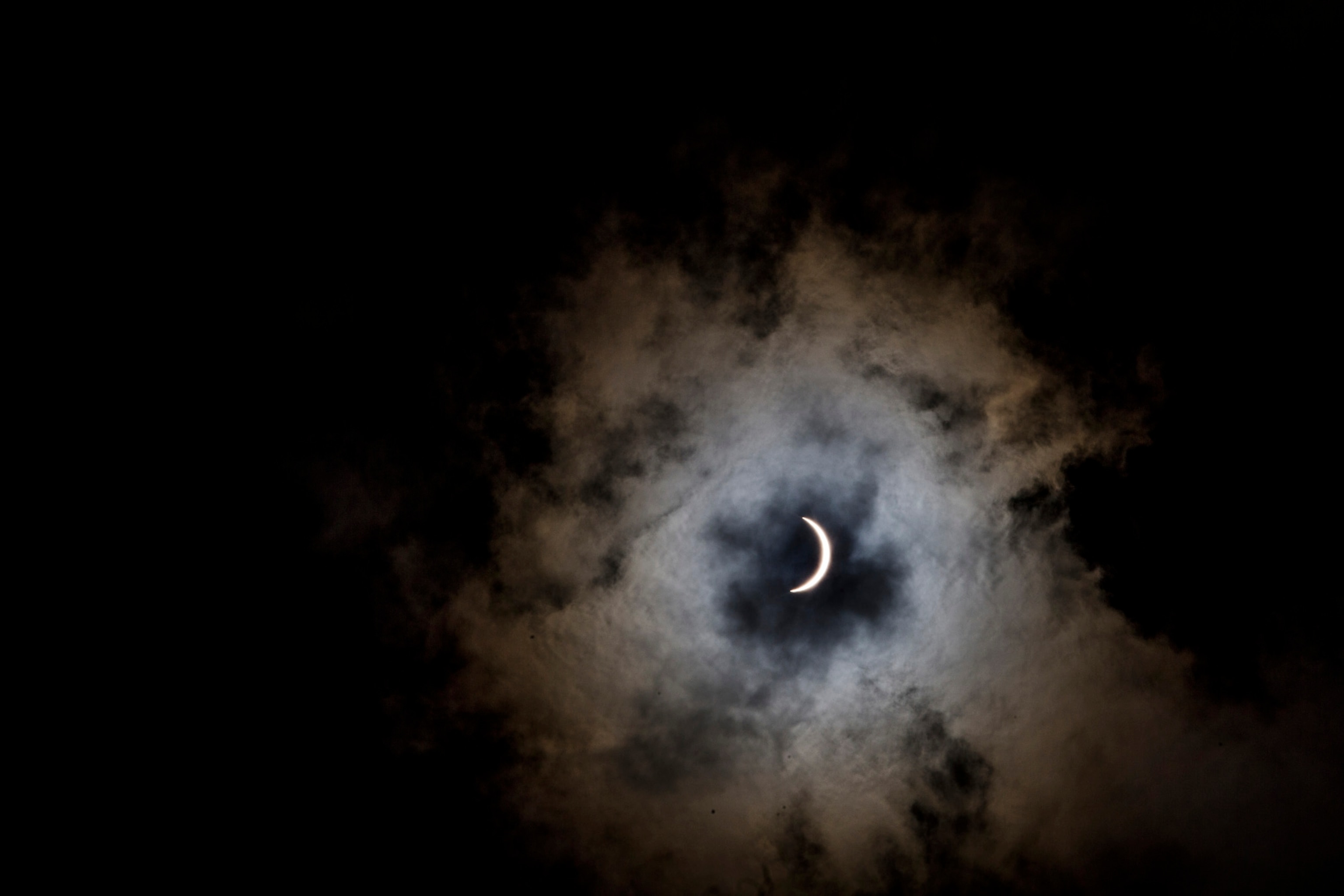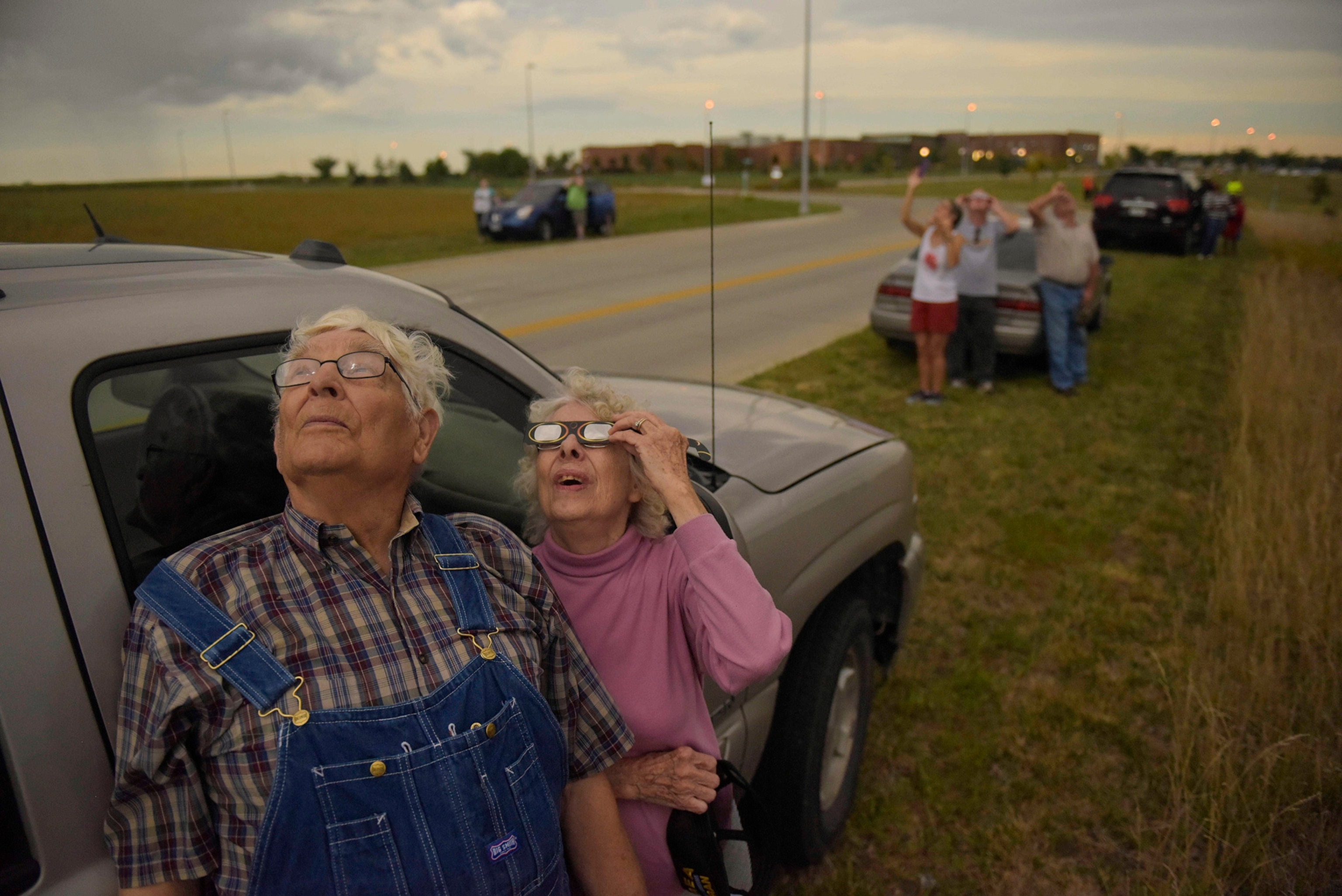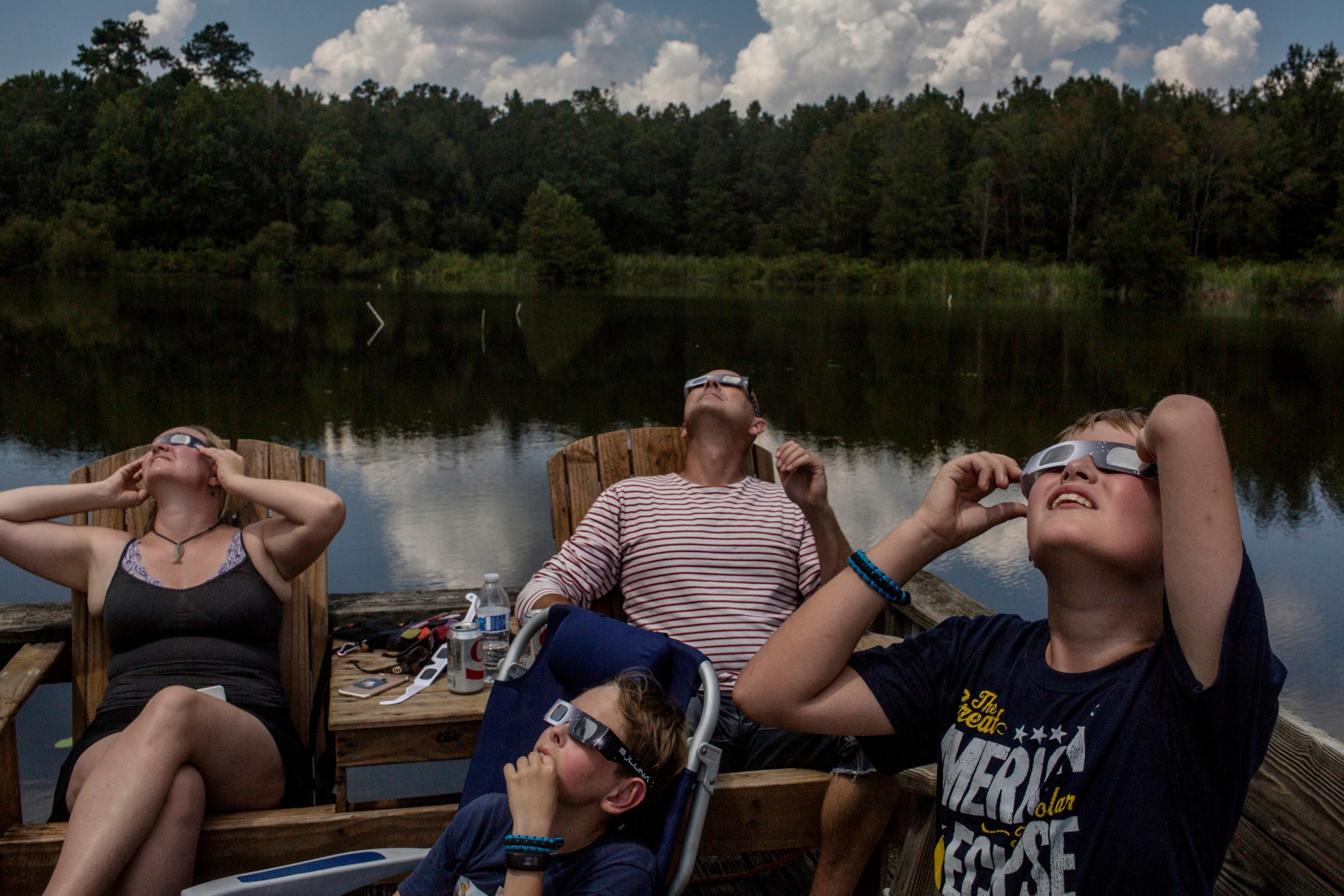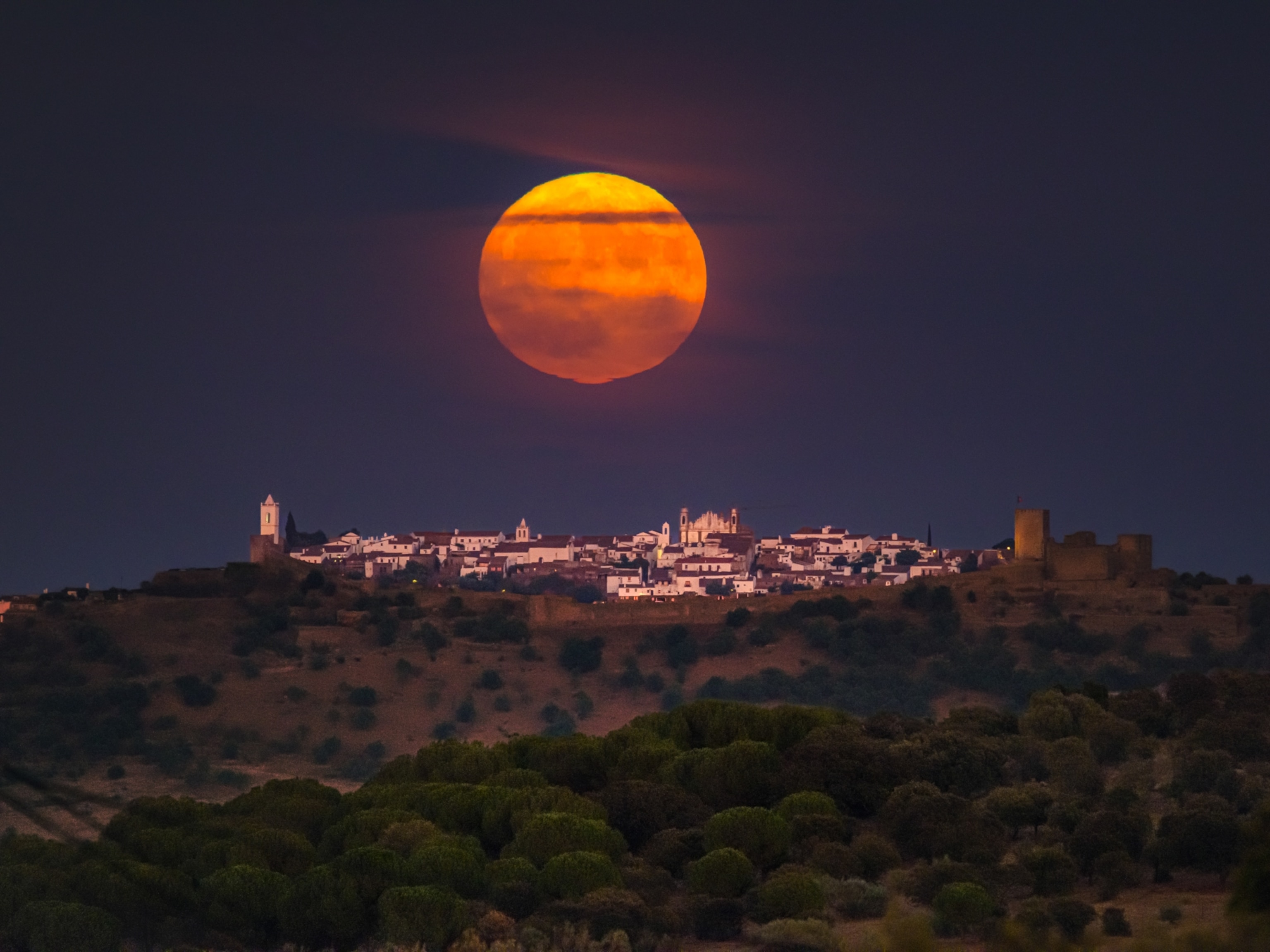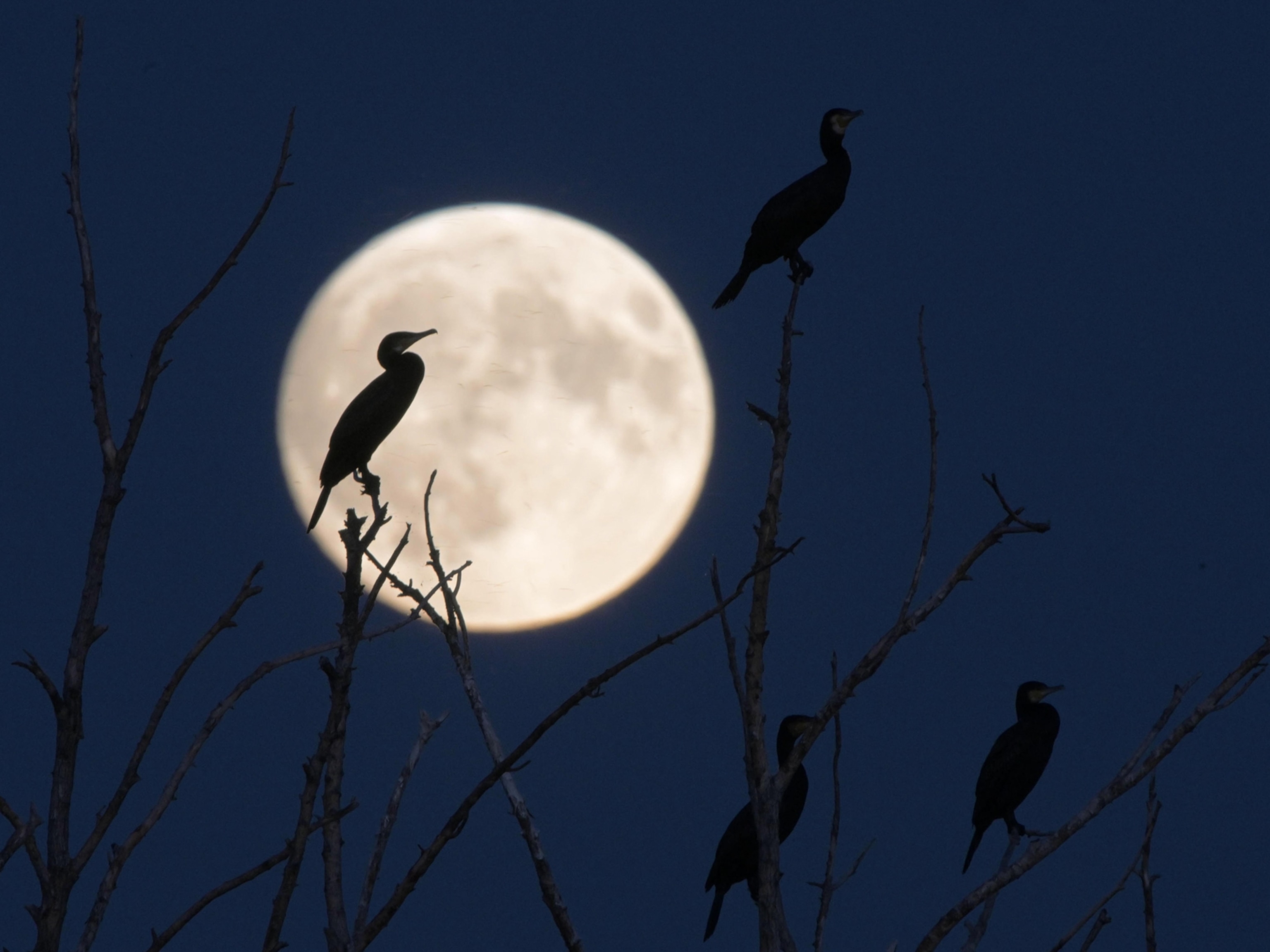
A Supermoon Will Eclipse the Sun on Friday the 13th
Only a fortunate few will get to see this rare cosmic coincidence. Are you among their ranks?
While the superstitious may avoid venturing outdoors this Friday the 13th, some lucky sky-watchers around the South Pacific may get to witness an event not seen on this spooky date in 44 years: a super-size new moon blocking out part of the sun.
On July 13, a partial solar eclipse will be visible from the southeastern coast of Australia, Tasmania, and New Zealand’s Stewart Island, as well as the northern coast of Antarctica. Earth has not seen a solar eclipse fall on a Friday the 13th since December 1974.
Our planet crosses between the moon and the sun every month, but a solar eclipse occurs only when the three celestial bodies are aligned so that Earth glides through at least part of the moon’s shadow. For observers on Earth, that’s when the moon’s disk seems to take a bite out of the sun, sometimes fully covering it up during a total eclipse.
During the partial eclipse occurring this week, Earth will pass through the moon's wide shadow cone, known as the penumbra, and a sliver of the sun will vanish into darkness.
Adding to the phenomenon, this moon will be a so-called dark supermoon—a new moon that arrives when the lunar orb is especially close to Earth. (Also find out about a rare “black moon” that fell on Halloween.)
The moon’s orbit around Earth is not perfectly circular, so it reaches a farthest point in its path, called apogee, and a nearest point, called perigee. When a new or full moon coincides with perigee, the moon’s apparent size is slightly larger than normal—a phenomenon that’s popularly known as a supermoon.
On Friday, the new moon will officially reach perigee at 08:00 UTC, getting as close as 222,097 miles to Earth. This is approximately 31,000 miles closer than the moon will be at apogee two weeks later.
The dark disk of this extra-large new moon will start moving across the sun at 01:48 UT, but this part of the eclipse will only be visible from the open ocean. The event will start on land in southern Australia around 1 p.m. local time, sweeping east until the last bit leaves Earth about 40 minutes later.
The amount of the solar disk hidden by the moon will depend on each observer’s exact location. Melbourne, Australia, will get to see only a tiny nibble–less than half a percent of the sun’s disk will be covered–while observers in Hobart, Tasmania, will get to see 3.5 percent of the sun’s disk blotted out.
Any living soul that happens to be at the Casey or Dumont d'Urville research stations in Antarctica will get the best seats on the planet, with as much 21 percent of the sun’s disk covered during the deepest part of the eclipse.
No matter how much of the sun vanishes, observers should always take precautions not to damage their eyes during a solar eclipse, and never look directly at the sun with naked eyes. The safest way to watch a solar eclipse is with special filter-protected glasses and telescopes, or by looking indirectly using an eclipse viewer.
Can’t make it down south for this sky show? There will be another much more accessible partial solar eclipse on August 11, 2018, that will be visible from northern and eastern Europe, northern parts of North America, and western regions in Asia.
And for those of you who may still be superstitious when it comes to celestial coincidences, you can relax once this one has passed–we won’t have another solar eclipse landing on a Friday the 13th until the year 2080.
Clear skies!
Andrew Fazekas, the Night Sky Guy, is the author of Star Trek: The Official Guide to Our Universe and hosts a weekly Starstruck Facebook Live on National Geographic’s Facebook page. Follow him on Twitter and Facebook.

